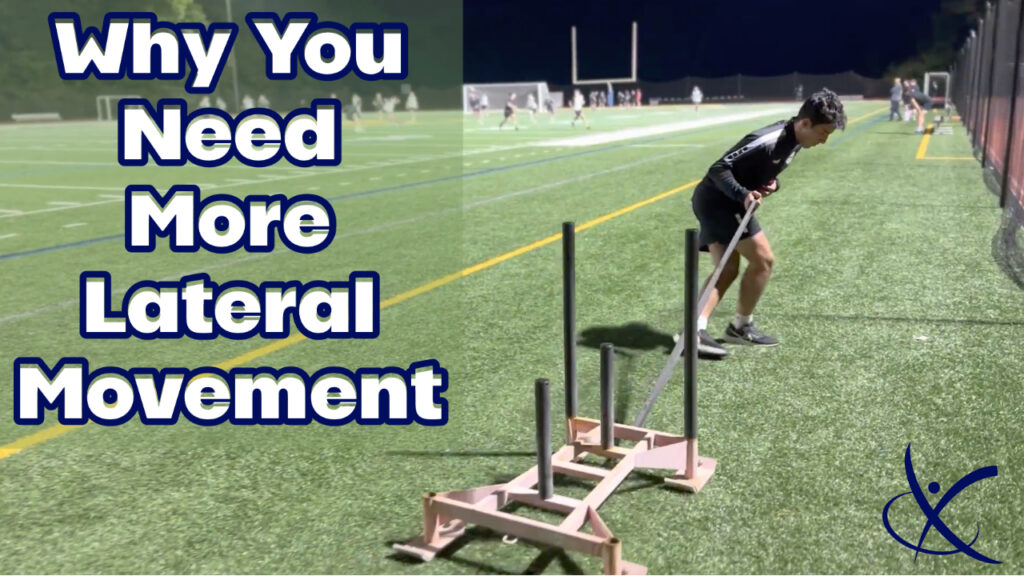Move Sideways to Move Forward
Yes, you read that correctly. And no this isn’t some advice from Yoda. Quite simply, I literally mean you should be able to move sideways in order to improve your overall health. Without hesitation I would say that we get asked weekly for simple changes to workout routines that will have a big impact. In order to discuss this one, we first need to understand how the body moves.
Our body movements are separated into three main directions. We call these the “planes of motion.” The “saggital plane” is the direction front to back. Movements that go side to side occur in the “frontal plane.” And finally, “the transverse plane” separates top to bottom and deals mostly with rotational motions.
Most movements occur in the saggital plane. When you walk, run, go up stairs, sit down, stand up, squat, do pushups, biceps curls, etc. you are moving in the saggital plane. Movements don’t have to start in the middle of your body. The only thing necessary for movement to occur in the saggital plane is that movements occur front to back with reference to your body. When you’re walking you are moving in the saggital plane and your arms are also swinging in the saggital plane as well. If you shake your head up and down in the affirmative “yes” you are moving your head in the saggital plane. While turning your head in a “no” requires head motion in the transverse plane.
Examples are endless and will account for a majority of our motions. Consequently, a high percentage of common exercises occur in this plane as well. During informal polling in clinic, I can confidently say saggital plane exercises account for the lion’s share of programmed movements. I also live inside of a gym (figuratively) and see hours a day of people working out. I’m using this as a sound premise. Enter frontal plane stage left. Absolutely pun intended.
Frontal plane exercises can take your overall health and fitness to a new level. This is non-negotiable for our competitive athletes. But this is also a hill to die on (of sorts) when discussing overall movement health for our general population. Hip pain, shoulder dysfunction, low back issues, ankle and knee pain are all areas that we address with frontal plane and lateral motions. If our body moves in this direction, we should also be strong and stable in this direction. Its as simple as that. Not to mention your ankle, hips, spine, shoulder, and head all move in that direction.
Start with simple movements. Introducing side planks, side stepping, lateral toe taps,and even lateral step downs are excellent choices for lower body and spinal frontal plane work. For the upper body, you can start with basic lateral arm raises and neck raises while laying on your side. As always, start with low volume and low intensity when introducing new movements into your routine.
For more advanced versions, add some more variables. Adductor side planks, banded leg raise side planks, lateral lunges, faster sideways shuffles, and sideways sled drags are some of my choice favorites for progressing frontal plane work. It doesn’t have to get too much more complicated than that but it can be fun to get creative.
Regardless of your experience, we appreciate the comments and suggestions from our readers. Let us know what you think, what you’ve come up with on your own, and if you have any questions.
Happy Frontal Plane Training!
